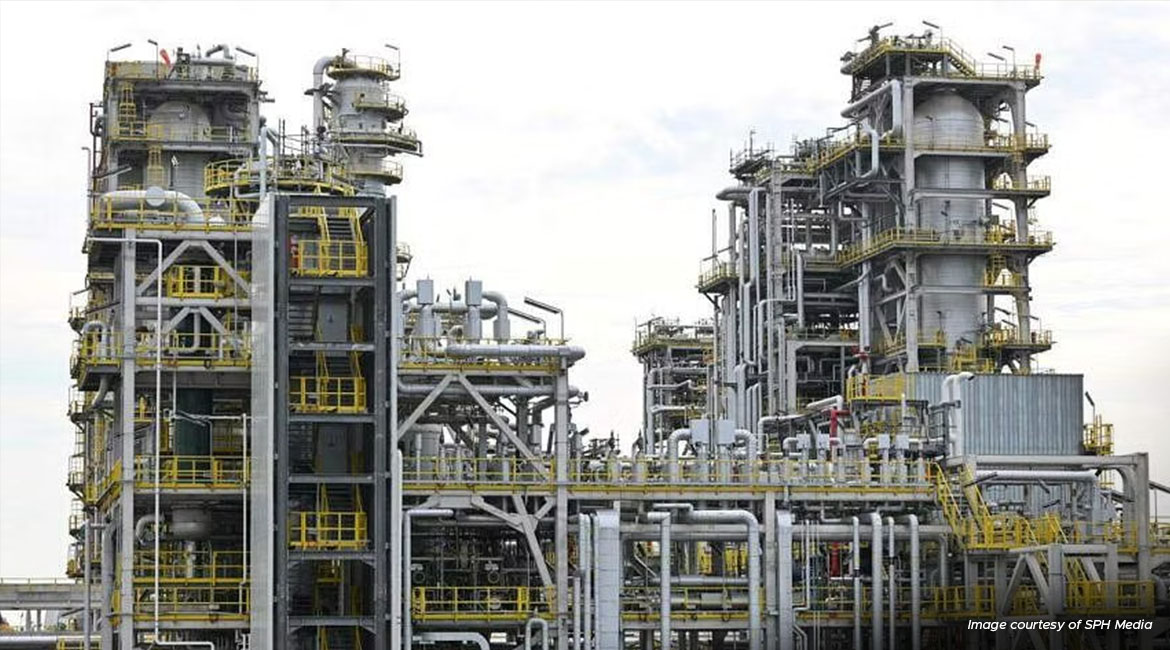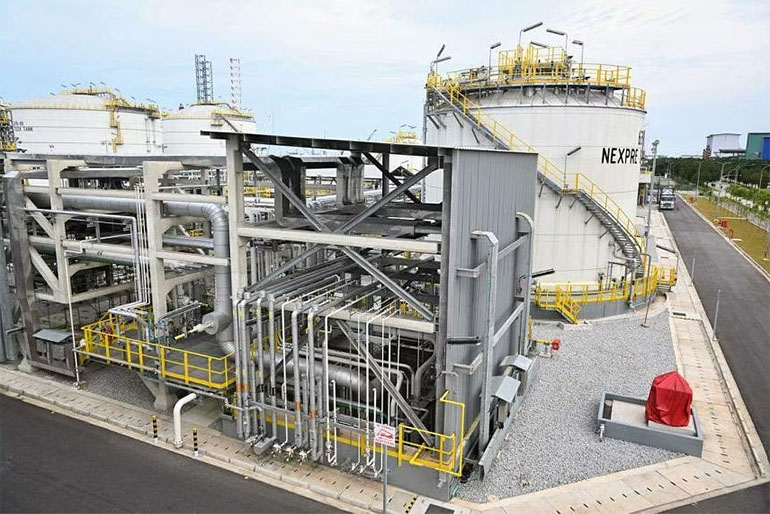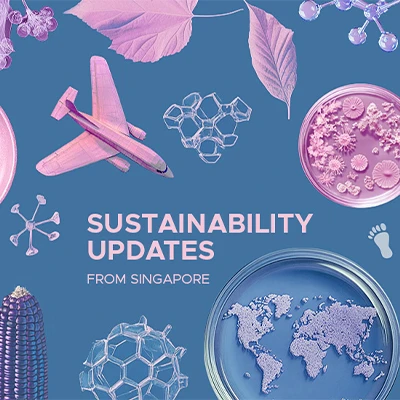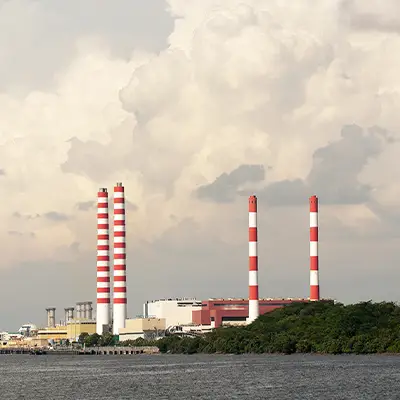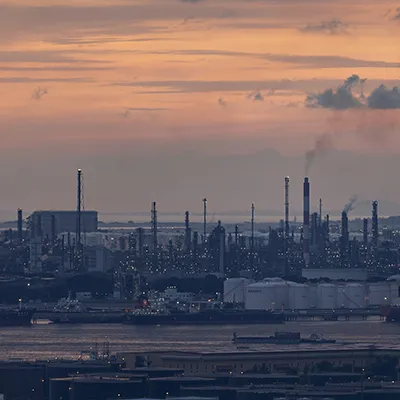The refinery is now able to produce up to a million tonnes of sustainable aviation fuel each year.
Singapore is now home to the world’s largest production facility for jet fuel made from waste materials like used cooking oil and animal fats – a significant step in the nation’s drive to reduce carbon emissions.
This is after Finnish energy giant Neste expanded the capacity of its Tuas South refinery as part of a €1.6 billion (S$2.3 billion) project, which began in 2019 but was delayed by a year due to Covid-19.
The refinery can now produce up to a million tonnes of sustainable aviation fuel (SAF) each year – 10 times Neste’s previous capacity.
Production at the expanded plant, which also makes renewable diesel and renewable raw materials for polymers and chemicals, started in mid-April. It is expected to ramp up over the course of 2023.
Meanwhile, amid growing demand for greener fuel in the aviation sector, Neste will add 500,000 tonnes of annual SAF production capacity by the start of 2024 through modifications at its refinery in Rotterdam.
There are also plans to further expand the Rotterdam plant so that it will be able to make up to 1.2 million tonnes of SAF a year by the end of 2026.
In a statement on Wednesday, Mr Sami Jauhiainen, Neste’s Acting Executive Vice-President for Renewable Aviation, said the company has established an integrated SAF supply chain to Changi Airport.
